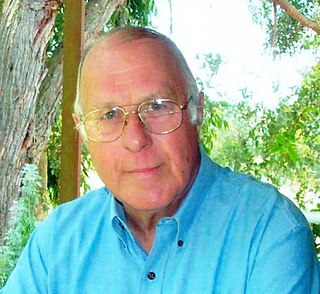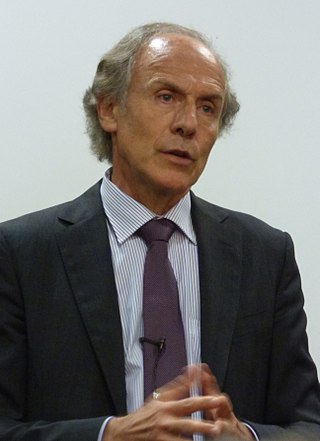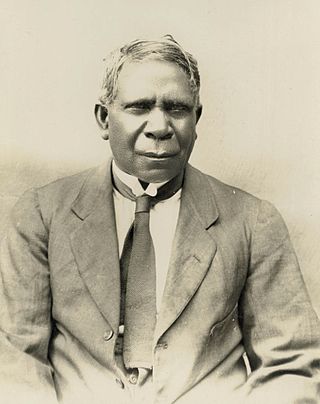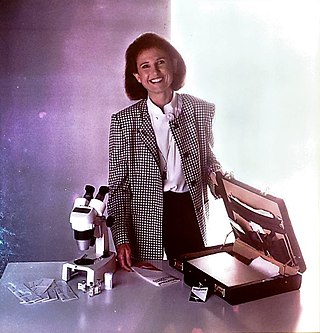Related Research Articles

Biomedical engineering (BME) or medical engineering is the application of engineering principles and design concepts to medicine and biology for healthcare applications. BME is also traditionally logical sciences to advance health care treatment, including diagnosis, monitoring, and therapy. Also included under the scope of a biomedical engineer is the management of current medical equipment in hospitals while adhering to relevant industry standards. This involves procurement, routine testing, preventive maintenance, and making equipment recommendations, a role also known as a Biomedical Equipment Technician (BMET) or as a clinical engineer.
Fisher Scientific International, Inc. was a laboratory supply and biotechnology company that provided products and services to the global scientific research and clinical laboratory markets until its merger with Thermo Electron in 2006, after which it became Thermo Fisher Scientific. The company offered products and services to over 350,000 customers located in approximately 150 countries including pharmaceutical and biotechnology companies, secondary and higher education institutions, hospitals and medical research institutions, and quality control, process control and research and development laboratories.

Barry Owen Jones,, is an Australian polymath, writer, teacher, lawyer, social activist, quiz champion and former politician. He campaigned against the death penalty throughout the 1960s, particularly against the execution of Ronald Ryan. He is on the National Trust's list of Australian Living Treasures.

Geoffrey Gordon Wickham was one of the pioneers of cardiac pacemaking.
Smiths Group plc is a British, multinational, diversified engineering business headquartered in London, England. It operates in over 50 countries and employs 15,000 staff. Smiths Group is listed on the London Stock Exchange and is a constituent of the FTSE 100 Index.
Graeme Milbourne Clark is an Australian Professor of Otolaryngology at the University of Melbourne. Worked in ENT surgery, electronics and speech science contributed towards the development of the multiple-channel cochlear implant. His invention was later marketed by Cochlear Limited.
Telectronics Pty Ltd was an Australian company best known for its role in developing the pacemaker. It was located in Lane Cove, Sydney. In 1988 the business was acquired by Pacific Dunlop. However, legal claims resulting from the sale of faulty pacemaker electrode leads inherited by the company in acquisition of Cordis Corporation of Miami led to eventual sale of the assets of the company and Pacific Dunlop restructuring itself into Ansell.
Noel Desmond Gray was a senior design engineer at the Philips subsidiary Kriesler and medical student at the University of Sydney after War service in the Royal Australian Electrical and Mechanical Engineers. He formed the desire to start the Medical Device Industry at Med School and co-founded Telectronics Pty Ltd.

Topcon Corporation is a Japanese manufacturer of optical equipment for ophthalmology and surveying.

Cochlear is a medical device company that designs, manufactures, and supplies the Nucleus cochlear implant, the Hybrid electro-acoustic implant and the Baha bone conduction implant.

Alan Simon Finkel is an Australian neuroscientist, inventor, researcher, entrepreneur, educator, policy advisor, and philanthropist. He was Australia’s Chief Scientist from 2016 to 2020. Prior to his appointment, his career included Chancellor of Monash University, President of the Australian Academy of Technology and Engineering (ATSE), and CEO and founder of Axon Instruments, and CTO for the electric car start-up Better Place Australia.

This is a timeline of Australian inventions consisting of products and technology invented in Australia from pre-European-settlement in 1788 to the present. The inventions are listed in chronological order based on the date of their introduction.
Catherine Brighid Livingstone is an Australian businesswoman who has held positions in the Commonwealth Bank of Australia, CSIRO, Macquarie Bank, and Telstra.
Pacific Dunlop was a highly diversified Australian conglomerate company that operated in, among other things, the Automotive, textile, electronics and biotechnology industries. Products commercialised included tires, car batteries, cables, clothing, electronics, bedding, condoms.

Sir Ernest Thomas Fisk was an English Australian businessman and entrepreneur, TV and radio engineer, he was the founder (1913) and later managing director (1916) and chairman (1932) of Amalgamated Wireless (Australasia) (AWA). In 1944 was appointed managing director of the EMI music empire.
The David Dewhurst award is a bronze medal bestowed by Engineers Australia and is the most distinguished accolade within their biomedical engineering discipline. It is named in honour of David John Dewhurst, an outstanding Australian biophysicist and biomedical engineer who performed pioneering work in the area of the cochlear implant. The award was inaugurated in 1994 as the Eminent Biomedical Engineers Award and its first winner was David Dewhurst. Following his death in 1996 the award’s name was changed to the David Dewhurst Award as a permanent memorial.

Alessandra Alberta Pucci is an Australian immunologist and entrepreneur who founded and led Australian Monoclonal Development, the first biotechnology company in Australia.
Anne Simmons is an Australian biomedical engineer. She served as Provost at the University of New South Wales (UNSW) from 2019 to 2023. Her research focused on analysis of blood flow in diseased vessels and the development of biomaterials for implantable devices.
References
- ↑ Richards, PN (2000) [1988]. "Chapter 12 - Manufacturing Industry". Some recent new industries. online. Parkville, Victoria, Australia: Australian Academy of Technological Sciences and Engineering. p. 889. ISBN 0-908029-49-7 . Retrieved 2007-02-26.
{{cite book}}:|work=ignored (help)